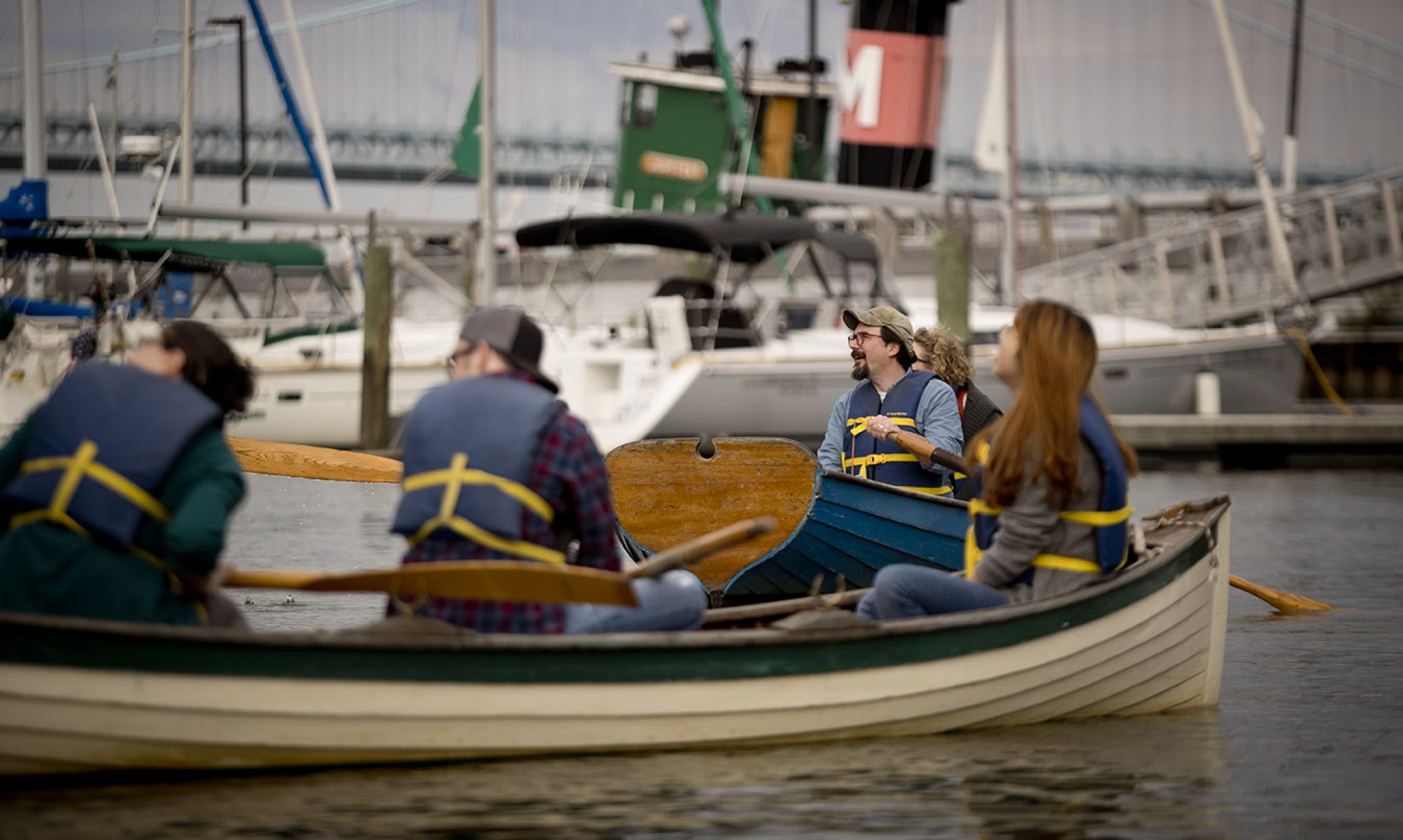Although not necessarily of local concern, the recent announcement that archeologists have discovered George Washington’s boyhood home raises important questions about objects and memory. Here is my response, which appeared in the July 25th edition of the Fredericksburg Free Lance-Star.
Don’t build on a cherry-tree myth–again
July 25, 2008 12:15 am
|

–
|
PHILADELPHIA
–Earlier this month The Free Lance-Star joined media outlets across the country in reporting on the discovery of George Washington’s boyhood home by archaeologists working at Ferry Farm. This is the iconic home made famous by Parson Weems’ ubiquitous cherry-tree mythology.
The George Washington Foundation, which owns the site, has additionally announced its intent to construct a replica of the boyhood home as it would have appeared during the 1740s. This is not, of course, the only Washington boyhood home. In fact, nearly 80 years ago, The New York Times printed a similar story by then-director of the National Park Service Horace Albright. “Washington’s Boyhood Homes” (March 29, 1931) reminds us that Washington’s youth spanned three homes: Wakefield, Ferry Farm, and Mount Vernon.
Albright wrote specifically to announce the Park Service’s plans to erect a replica of Washington’s birth house atop its original foundations on the family’s old Wakefield plantation in Virginia’s Northern Neck peninsula, about 30 miles east of Ferry Farm–the same plan, incidentally, announced by Ferry Farm’s owners. Dr. Phil Levy’s recent assertion that “what we see at this site [Ferry Farm] is the best available window into the setting that nurtured the father of our country” (“Ferry Farm Yields Secrets,” The Free Lance-Star, July 3, 2008) could have just as well been said of Wakefield by Albright eight decades earlier.
And yet, although we all know the cherry-tree story and most of us know something about Mount Vernon, why isn’t Wakefield a household name? A little more digging begins to explain why Washington’s first boyhood home has long since fallen into obscurity. Only months after heralding the Park Service’s work at Wakefield, Albright found himself taking the defensive in “Wakefield Washington Shrine Was Begun After Long Study” (The New York Times, July 19, 1931). Rumors had begun to circulate concerning the location and appearance of the replica birth house. Was it built in the right place? Did it really look like the house Washington was born in? Was it actually a replica?
Albright assured readers that it was, but whether he knew it or not, those in charge of building the replica had uncovered a previously undocumented brick foundation just feet away. Alarmed by the discovery, workers moved quickly to backfill what they called “Building X.” Who would know? It was, after all, the eve of Washington’s 200th birthday, and Depression-weary Americans were eager to feel good about something. Why disappoint them by not completing the replica in time to celebrate?
‘BUILDING X’ BATTLES
It was, however, too late. Backfilling alone was not enough to hide the long shadow cast by Building X. Over the next 30 years, vested interests battled furiously over the replica’s meaning, purpose, and destiny until the Park Service finally managed to officially recognize Building X as the actual foundation of Washington’s birth house. That today we don’t immediately count the birthplace among Washington’s various boyhood homes owes at least in part to the confusion created by our clumsy handling of it.
So what, then, might the proprietors of Ferry Farm learn from the Wakefield story? Ferry Farm has been part of the popular American historical conscience for nearly two centuries now, and is unlikely to be forgotten any time soon. What’s more, historical archaeology has come a long way since Horace Albright’s time, and the work done at Ferry Farm is, by all accounts, top-notch. Even so, I wonder if building a replica of Washington’s boyhood home at Ferry Farm is really the best way to interpret its historical meaning for the broadest possible audience. The notion is certainly tantalizing–who wouldn’t want to see the house where George chopped down the cherry tree? But, then again, George didn’t chop down a cherry tree at Ferry Farm or, as far as we know, anywhere else. Will seeing the replica house really convey that lesson or will it reinforce the myth?
The impulse to build shrines to our national heroes is strong right now, especially as we contend with ongoing military entanglements and a faltering economy. Levy’s excitement to study the “the father of our country” resonates today exactly as Albright hoped his patriotic replica would hedge against some of the hardest times this nation has ever known. Unfortunately, Albright failed to anticipate how powerfully Americans react to misrepresentations of their most sacred heroes. And because we all value Washington uniquely, any attempt to solidify his myth inevitably draws criticism.
So, rather than navigate those perilous shoals, perhaps the George Washington Foundation should dispense with its replica and make Ferry Farm a place to learn important lessons about the construction of knowledge and historical meaning. Why do the imagining for us when, after all, it’s in learning how to imagine the past responsibly that we develop the ability to think critically about our own world?
Seth C. Bruggeman is an assistant professor of history and American studies at Temple University, and the author of “Here, George Washington Was Born: Memory, Material Culture, and the Public History of a National Monument.”
Copyright 2008 The Free Lance-Star Publishing Company.
















